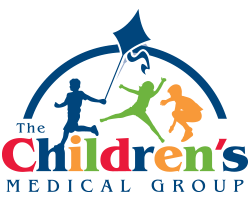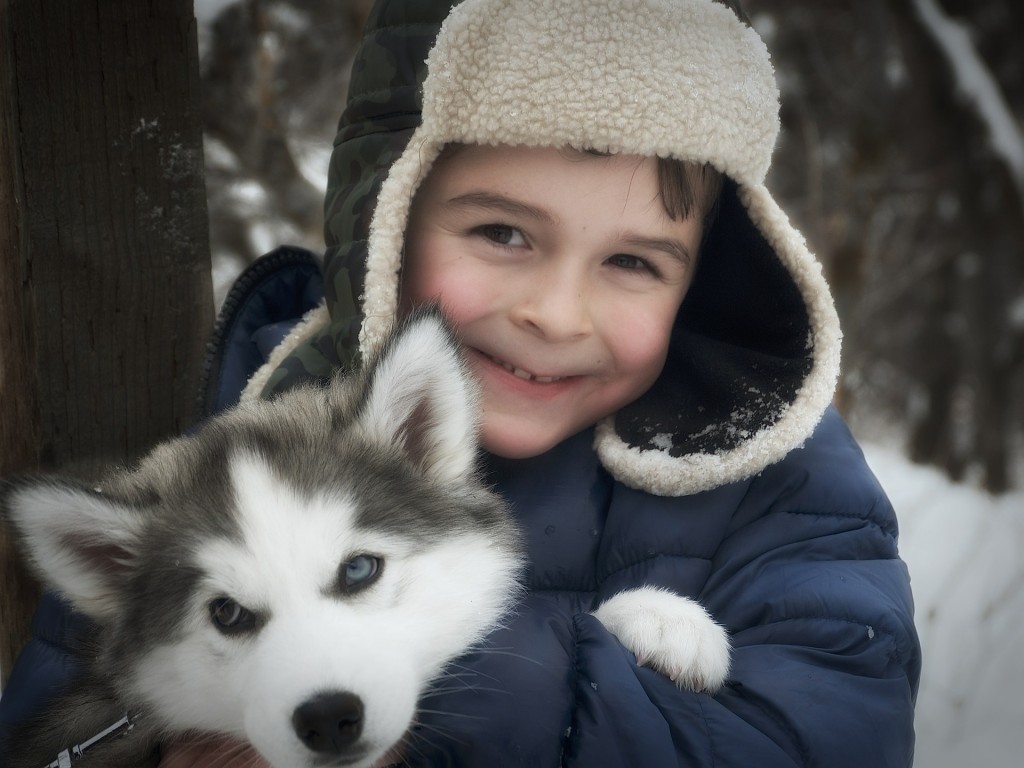Winter is almost upon us, and we wanted to share these winter safety tips from the American Academy of Pediatrics to help you keep your family safe and warm.
What to wear:
- Make sure to dress infants and children warmly for outdoor time. Several thin layers will help to keep them dry and warm, and don’t forget warm boots, gloves/mittens, and a hat!
- The rule of thumb for older babies and young children is to dress them in one more layer of clothing than an adult would wear in the same conditions.
- For infants, avoid using blankets, quilts, pillows, bumpers, sheepskins, and other loose bedding when they sleep, because these items are associated with suffocation deaths and may contribute to
Sudden Infant Death Syndrome (SIDS). Use sleep clothing like one-piece sleepers and wearable blankets. If a blanket must be used to keep a sleeping infant warm, it should be tucked in around the crib mattress and reach only as high as the baby’s chest, so the infants face is less likely to become covered by bedding materials.
Hypothermia
- Hypothermia develops when a child’s temperature falls below normal due to exposure to colder temperatures. It often happens while playing outdoors in extremely cold weather without wearing proper clothing, or when clothes get wet. It can occur more quickly in children than in adults.
- As hypothermia sets in, children may shiver and become lethargic and clumsy. Their speech may become slurred, and their body temperature will decline in more severe cases.
- If you suspect your child is hypothermic, call 911 immediately. Until help arrives, take the child indoors, remove any wet clothing, and wrap the child up in blankets or warm clothes.
Frostbite
- Another common cold-weather condition that may occur is frostbite. Frostbite happens when the skin and outer tissues become frozen, and is common on extremities like fingers, toes, ears, and nose. The skin may become pale, grey, and blistered. At the same time, the child may complain that the skin burns or has become numb.
- If frostbite occurs, bring the child indoors and place the frostbitten parts of her body in warm (not hot) water. 104° Fahrenheit (about the temperature of most hot tubs) is recommended. Warm washcloths may be applied to frostbitten nose, ears and lips.
- Do not rub the frozen areas.
- After they have warmed up for a few minutes, dry and cover the child with clothing or blankets, and give him or her something warm to drink. If the numbness continues for more than a few minutes, call your doctor.
Winter health
- Nosebleeds are not uncommon during the winter. If your child suffers from winter nosebleeds, try using a cool air humidifier in the child’s room at night. Saline nose drops or petrolatum may help to keep their nasal tissues moist. If the bleeding is sever or recurrent, consult your pediatrician.
- Cold weather does not cause colds or the flu, but the viruses that cause them tend to be more common in the winter. Frequent hand washing and teaching your child to sneeze or cough into the bend of his or her elbow may reduce the spread of colds and flu. Children six months of age and up should get a flu shot to help reduce the risk of them catching the flu.
Fire Protection
Winter is a time when household fires occur. It is a good time to remember to:
- Buy and install smoke alarms on every floor of your home. Test smoke alarms monthly
- Practice fire drills with your children
- Install a carbon monoxide detector outside bedrooms
- Keep space heaters at least 3 feet away from anything that could burn, and turn them off when leaving the room or sleeping.
Source: http://www.healthychildren.org/English/news/Pages/Winter-Safety.aspx
Source: CMG


